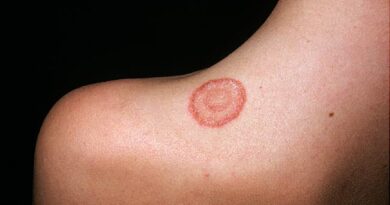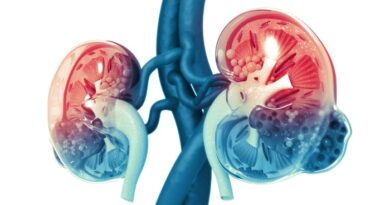Common Fever – Symptoms, Causes and Treatment
Fever refers to a condition of the body in which the temperature goes beyond the normal. It is also characterised by disturbance in normal functioning of the system. It is a common ailment which occurs both in children and adults.
The average temperature of the body in health ranges between 98.4F and 99.5F or 36.9C and 37.5C. It is liable to marginal variations, depending on the intake of food, the amount of exercise and the temperature surrounding the atmosphere. The lowest temperature of the body is between the hours 1.30 a.m. to 7 a.m. and the highest between 4 p.m. and 9 p.m.
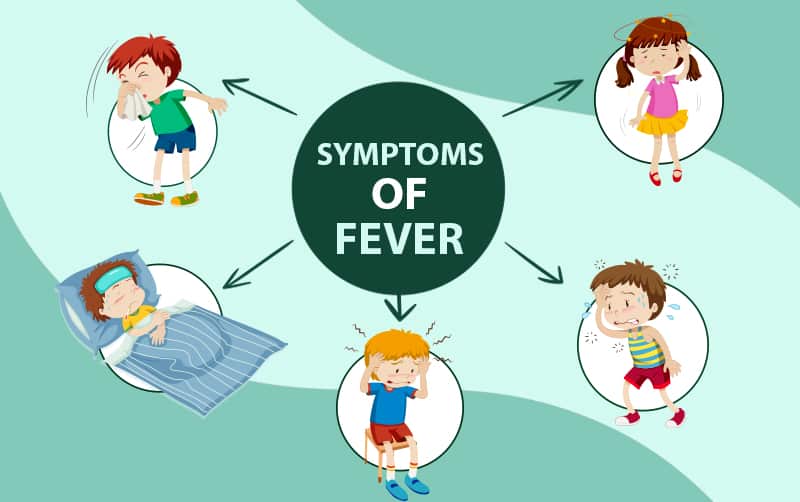
The temperature can be taken by a clinical thermometer, which is basically a bulb of mercury connected to a narrow tube inside a glass case. There are marked degrees of temperature upon this thermometer. As the mercury is warmed, it rises up the tube and the body temperature is that at which the mercury stops. To get a true reading of the body temperature, it should not be measured after undue exertion, or after a hot drink – either of which activities cause the temperature to rise and so give a false reading.
Symptoms
Fever generally begins by a slight shivering, pain in various parts of the body, particularly the head, thirst and great lassitude. The urine is scanty. There may be constipation, nausea and vomiting. The pulse and respirations are speeded up. Then finally, there is profuse sweating, a copious flow of concentrated urine and general relief of symptoms.
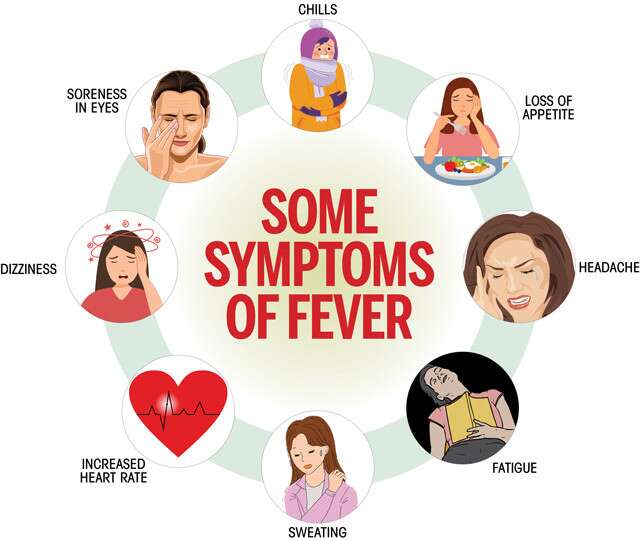
A high temperature is often accompanied by delirium. If the temperature of the body during an attack of fever reaches 106 F, the condition is known as pyrexia. It is an indication of danger. If the temperature goes beyond 107 F for any length of time, death may be inevitable.
Causes
The term fever has a very wide application. It is the symptoms of a body’s fight against infection. It is one of the most common features of several diseases. In many cases, it is a secondary symptom of the disordered state of the body with which it is associated.
The real cause of all fevers, including common fever, however, is the accumulation of the morbid matter in the system due to wrong feeding habits and unhygenic conditions of living. Fever is thus, a natural attempt on the past of the body to rid itself of toxic matter. It is not the result of germ infection, as is generally believed. If it was true, all persons exposed to an infection should get it.
Treatment

Fever being a natural healing crisis, it should be helped to run its normal course. Any interference with this natural process by administration of drugs will only enable the body to retain the morbid matter which caused this condition. If dealt with in natural way, the common fever, where there are no complications, will subside in two or three days.
The patient should be put on a fast on orange juice and water in the beginning of the treatment. The procedure is to take the juice of an orange in a glass of warm water every two hours from 8 a.m. to 8 p.m. It will provide energy, increase urinary output and promote body resistance against infection, thereby hastening recovery.
Cold Compresses
Cold compresses may be applied to the head in case the temperature rises above 103F. If this method does not succeed, cold pack may be applied to the whole body. The procedure is to wring out a sheet or large square piece of linen material in cold water, wrap it twice around the body and legs of the patient and then cover completely with a small blanket or similar warm material. This pack should be applied every three hours during the day while temperature is high and kept on for one hour or so each time. Hot water bottles may be applied to the feet and also against the sides of the body.
All-fruits Diet
After the temperature has come down to normal and the tongue has cleared, the patient may adopt an all-fruit diet for further two days. In this regimen, he should take three meals a day of fresh juicy fruits such as apple, pear, grapes, orange, pineapple, peach, melon or any other juicy fruit in season. For drinks, unsweetened lemon water or plain water, either hot or cold may be taken. Thereafter, the patient may gradually embark upon a well-balanced diet, with emphasis on fresh fruits and raw or lightly-cooked vegetables.
Home Remedies
Certain home remedies have been found beneficial in the treatment of common fever. The use of the leaves of holy basil (Tulsi) is the most effective of these remedies. A decoction made of about 12 grams of these leaves, boiled with half a litre of water, should be administered with milk, sugar and powdered cardamom (chhoti elaichi). This will bring down the temperature.
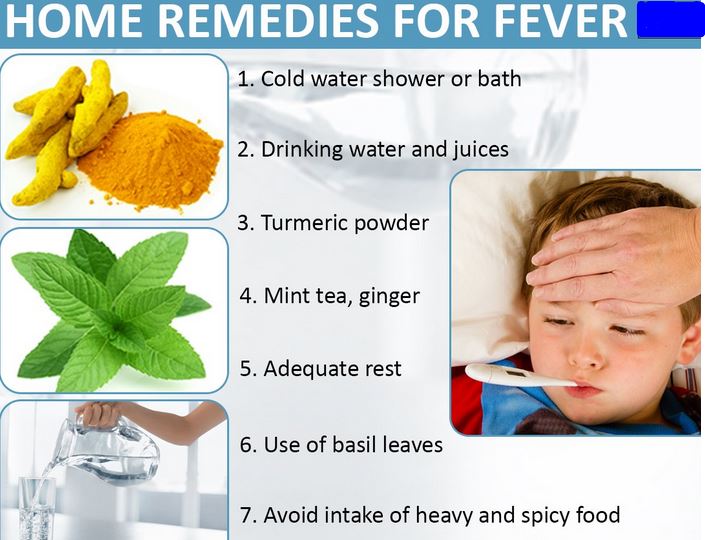
A tea made from fenugreek (methi) seed is equal in value to quinine in reducing fevers. It is particularly valueable as a cleansing and soothing drink. Fenugreek seeds, when moistened with water become slightly mucilaginous, and hence the tea made from them has the power to dissolve sticky substances like mucus.


